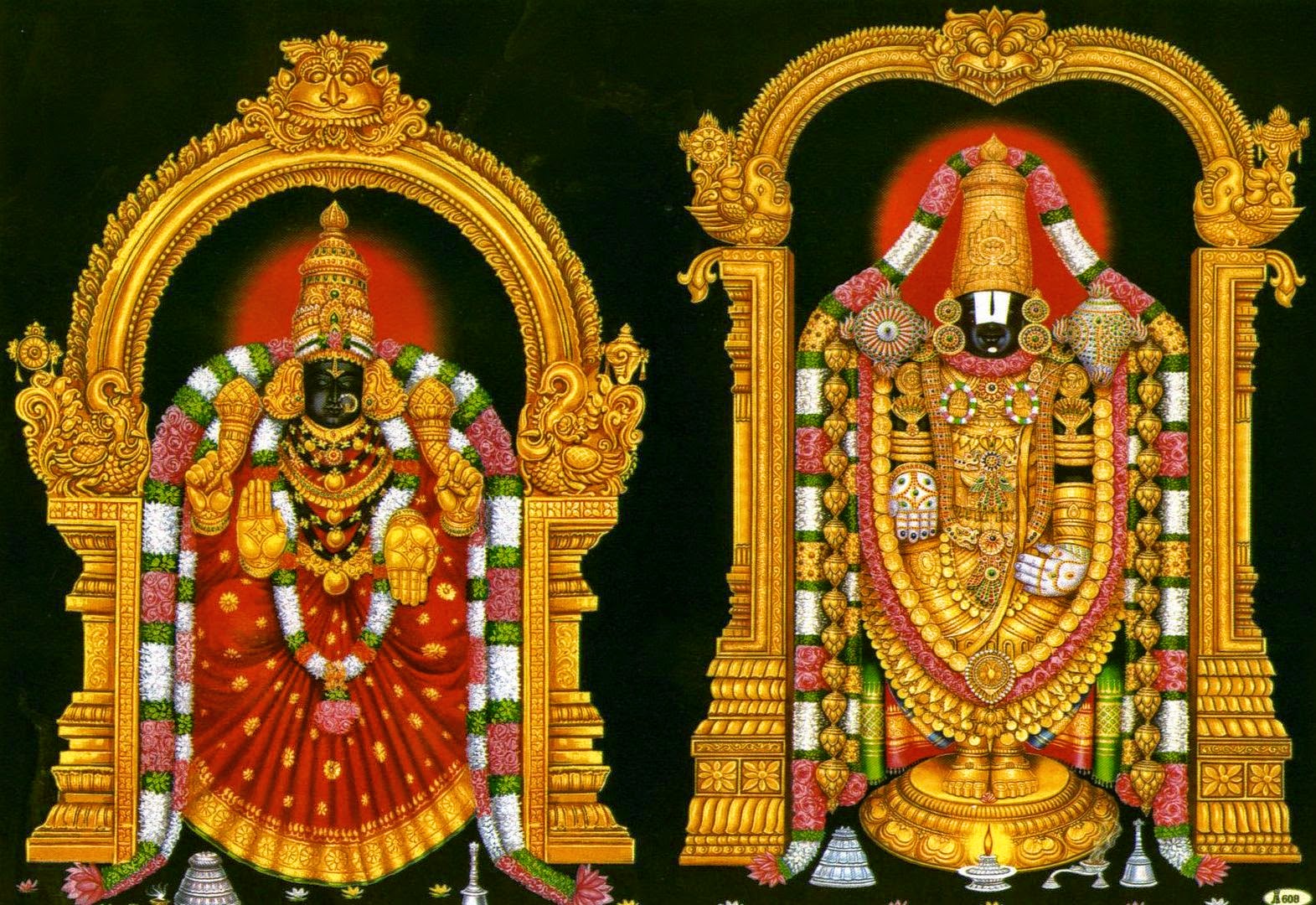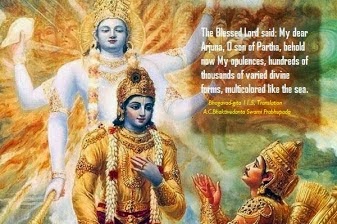The Spiritual Import of the Mahabharata and the Bhagavadgita : Ch-9. Part-8.
9: The Unity of the Lover and the Beloved : Part-8. The distressed souls seeking God are of one type. One who is baked in the fire of samsaram,who is tortured in this hell of earth, suffering through various sorrows, seeks riddance from the grief of the world by resort to God under the impression that God is like a parent—a father or a mother or a supreme saviour. The intention behind this devotion is redress—freedom from sorrow, the inability to bear suffering. This is the reason here behind the devotion to God. Whether this could be an adequate reason, anyone can contemplate independently for oneself. Can we love God merely because He is the only source of redemption from our sorrows? Do we want freedom from sorrow, or do we want God? That is a different question that will come up later on. Swami Krishnananda To be continued ....




Comments